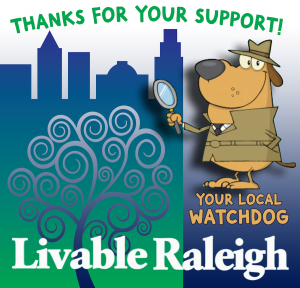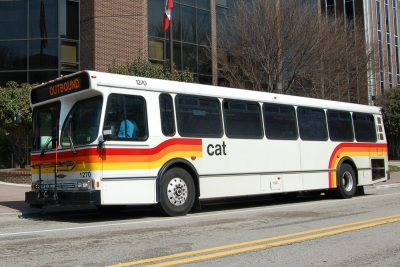
Midtown CAC Chair recently sent the following email to City Council and staff.
He has given us permission to publish his comments.
I am submitting my comments for the Transit Overlay District Ordinance once again. I have submitted commentary on this previously but the suggestions always seem to get lost in the final propagation of text changes and ordinances.
Of particular note is the use of the term “nonconformity” (section I of the original ordinance). I have asked several times that the City begin a process of grandfathering residences and businesses that were established prior to the new ordinance. The same is true for existing overlay districts, area plan provisions and previous zoning approvals that were valid before the newly enacted ordinances.
If the City is really serious about amending the TOD ordinance, I strongly suggest the following:
First – if you are going to offer amendments to the existing ordinance, you have missed the most important step. Please reopen the original ordinance, (TC-17A-20), to review with the new Council that was elected after the passage of the subject text change. In particular – please re-examine the use of non-conformity:
I. Existing Structures and Uses
1. All buildings and structures existing at the time that the TOD is first applied to the property and made a zoning nonconformity solely because of TOD requirements shall be subject to the following provisions.
No, No, No!
Please remove any amendment to this UDO that causes a use of the property to become otherwise nonconforming. As with all new zoning approvals, properties that were approved before the new ordinance should be grandfathered as long as they were consistent with code at time of construction. This would include existing residences, both single and multifamily, along proposed TOD routes.
Second point – following the same logic as previously noted, existing NCOD and Area Plans should still retain first consideration because they were in place prior to the new ordinance. These specific plans were developed after considerable community engagement after lengthy discussions between residents and City staff. Most of these Overlay Districts and Area plans are addressed and included in the Comprehensive Plan 2030 and provide overall development policy for a growing City. By making special ordinances that conflict with previously existing residential and business development, you risk the destruction of historic or generational neighborhoods that have been part of the character of Raleigh for almost 200 years.
You may be creating more density for increased ridership for public transit but you are destroying the reason that people continue to live in a City of deep, rich culture and historic heritage.
Let’s not lose our past and present character while making room for a ridership that may never develop, especially if it does not provide for the housing needs for the population that actually depends on public transit for their livelihood.
If you appreciate the kind of reporting we bring to you
|
Please donate $10 or $20, Thanks for supporting |
 |

